Weldon Chang
“While the Scholarship is helping me as a student, it’s also giving me time and the resource to look to other opportunities. It’s been really inspirational for me in terms of looking at other ways that I can help impact and contribute to the blended learning/online learning environment.”
– Weldon Chang
With the advances in modern technology, information exchange has been progressing at an unprecedented rate like no other. One area of such advances has been through learning and education through new mediums, particularly through an online or hybrid environment. This advance into the education system has offered considerable amount of flexibility and accessibility for students of all age groups and social backgrounds. I would argue this has been the primary positive impact realized through the emergence of blended learning platforms- essentially closing the gap in accessibility for students who historically were unable to remain full-time students.
The means by which online and blended platforms has bridged the learning gap has been to provide them a means by which students of disadvantaged backgrounds can continue their education. Through a medium that allows them to continue their academic growth at their pacing and flexibility, it allows them to continue to remain committed to their coursework.
“Online and blended learning has been really flexible and helpful for me because it means I can actually learn more outside of the classroom rather than just sitting in the classroom. And it also forces me to take more initiative with my own learning process.”
With the flexibility and comprehensive programming that allowed me to continue learning outside of the classroom and for students to still pursue both work and school, the online/blended learning platform at PCC offered a variety of core courses that helped students inch closer towards their program requirements. They also offered a great way to still learn effectively through a collaborative feature on the online portal, feedback from professors, and to also meet weekly in-person in follow-up meetings.
When I compare my learning experiences thus far, it has, without question, been to continue learning outside the traditional classroom via blended platforms. When compared to traditional formats, I have been able to learn more.

